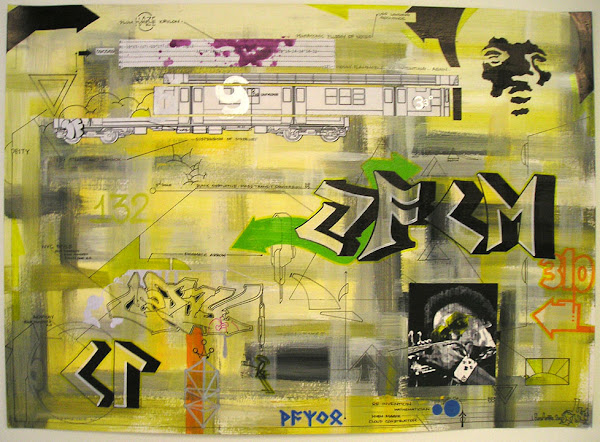 Kennedy's death has haunted me all of my life. Before that time television was a great source of entertainment and fun for me, but the news reports throughout the evening and the following days presented me with a new reality. Everyone seemed to be in mourning, suddenly TV became a source of gloom. You see, I've never watched a reality TV program; no American Idol or Dancing with the stars or any of that nonsense.
Kennedy's death has haunted me all of my life. Before that time television was a great source of entertainment and fun for me, but the news reports throughout the evening and the following days presented me with a new reality. Everyone seemed to be in mourning, suddenly TV became a source of gloom. You see, I've never watched a reality TV program; no American Idol or Dancing with the stars or any of that nonsense. On the Sunday following JFK's assassination, my brother George woke me up to watch Lee Harvey Oswald being transferred to a Dallas jailhouse. I watched in horror as Jack Ruby shot and killed Oswald live on television. I believe it was the first murder to be captured on live TV it was also my first and last experience of "reality television." Currently I'm reading a book entitled: BROTHERS: The Hidden History of the Kennedy Years by David Talbot. I've waited 48 years for this book as I have sought to understand the events that led to the assassination of Kennedy. The book is meticulously researched and well written. There are comments from political figures, reporters, Cuban exiles and others who have broken their silence and who speak freely about the events surrounding the death of JFK and later the death of his brother Bobby. Talbot's book is a searing document about American politics, each turn of the page is a revelation. BROTHERS tells an amazing story of the confluence of organized criminals, Cuban exiles, CIA operatives and disgruntled Joint Chiefs of Staff from the perspective of Bobby Kennedy who had a unique perspective of the dark forces surrounding the Kennedy administration.
When I learned of Kennedy's death I became very fearful, I thought: if the President of the United States can be murdered, how safe were my parents and my aunts and uncles? Yes, as a nine year old I knew about Lincoln's assassination but that was a long time ago, that was history. But Kennedy's assassination was here and now. Some years before Kennedy was murdered I was riding in the back of my uncle's car and we passed JFK's motorcade on the highway or rather they passed us. I don't think he was President yet, but was on the campaign trail.
In 1991 when Oliver Stone released his film JFK he was castigated in the press for distorting the facts. On reading BROTHERS: The Hidden History of the Kennedy Years it turns out that Oliver Stone was more accurate in the depiction of the events that took place, BROTHERS confirms this. However, the book goes much further than Stone ever could in a three hour film. Nor can the evening news or the daily newspaper, that so many of us rely on for our information, reveal the entire story. One must dig deeper to get at some semblance of the truth.
I believe that John Kennedy was truly the last American President whose policies and decisions were not made by a committee of advisors. He had some unique ideas about the future of America and, together with his brother Bobby, tied to implement them. But the sins of the father is often visited upon their sons.
If you have an interest in this period of American history, you have an obligation to read this book.
"What is past is prologue." Shakespeare, The Tempest
Clifford Jacobs
Have Pen, Will Write
Scribo Ergo Sum



































































.jpg)


